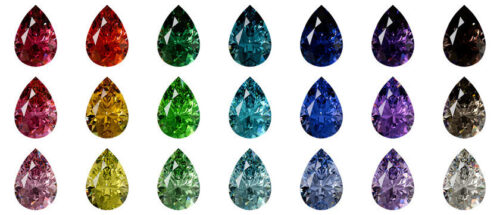Pear-shaped diamonds are not new. In fact, the pear cut diamond was created in the 1400s by the famous diamond cutter Lodewyk van Berquem, who is renowned for inventing the diamond-polishing wheel that allowed every facet of a diamond to be polished symmetrically at angles that best reflected the light. It was this tool that allowed pear-shaped diamonds to exhibit superb light return and sparkle.
In this article, we will explore the following topics:



